Paraffin Wax Bath : Health Benefits, Indication, Contraindication
Table of Contents
What is paraffin wax Bath ?
Paraffin wax Bath is a white or colorless soft, solid wax used by Physical therapist for treatment of Joint and Muscle pain. Wax is made from saturated hydrocarbons.
Paraffin wax Bath treatment mostly used in skin-softening salon and spa therapy on the hands, cuticles, and feet because it’s colorless, tasteless, and odorless. It can also be used to relieve joint pain and muscles.
Introduction:-
~Paraffin wax bath therapy is an application of the molten paraffin wax on the body part.
~Paraffin wax is a white or colorless soft, solid wax. It’s made from saturated hydrocarbons.
~the melting point of wax is 51-55c.
~if the molten wax at 51-55 c is poured on the body part,its may cause burn.
~some impurity like liquid paraffin or mineral oil is added to lower the melting point of safe application.
~thus the temperature of the paraffin wax is maintained at 40-44 c.
~the combination of the wax and mineral oil has low specific heat.
~this enhances the patient “s ability to tolerate heat from the wax better than from the water of the same temperature.
~the composition of wax : paraffin : mineral oil is 7:3:1 or wax: paraffin or mineral oil is 7:1.
~the mode of the transmission of the heat from paraffin to the patients skin is through conduction.
~paraffin has a slow thermal conductivity.
~slow heat diffusion(6 times lower than water)
~paraffin wax has a low melting point (55).
~when the oil is added ,the paraffin will remain at a temperature of 40 to 44 C.
~This low specific heat will enhance the patient to tolerate heat from the paraffin better than from water of the same temperature.
self insulator:-
~its give moist heat.
~there is a layer between the skin and the wax producing heat and sweating which does not evaporate.
~after removal the heated part cools quickly by the evaporation.
~it is analgesic;-
~This insulting layer keeps the heat and is effective in relief of pain.
PWB Unit:-
~container is made up of enamelled baths or stainless still and fiberglass shell.
~container contains wax and paraffin oil in the prescribed ratio.
~thermostat keeps the temperature adjusted with knob.
~thermostat pilots lamp indicates weather thermostat is on or off.
~power pilots lamp show weather power is on or off.
~lid cover container and caster allow the paraffin wax bath container to be move from place to place.
PWB methods off application:-
There are mainly 5 methods of Paraffin wax Bath for applying Wax Bath.
Dipping and Wrap:-
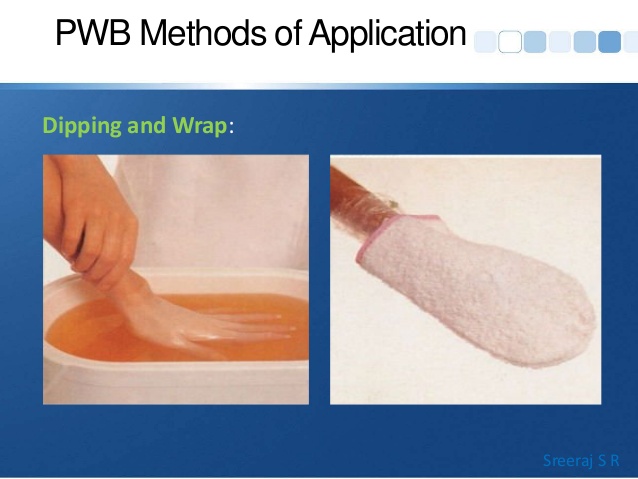
~most common method.
~involves placing body part to be treated in a paraffin bath, followed by removing it and allowing the paraffin cool and harden.
~approximately 7 to 12 dips are done.
~followed by wrapping in wax paper or plastic which is covered by towel or insulated mitts.
~ application time is 20 to 30 minutes or till wax cools.
Immersion:-
~dip once for having a glove.
~then immerse for 15 to 20 min.
~never immerse at first for long time without making a glove.
~dry before to have insultions.
Direct pouring method:-
~the molten wax is direct poured by a mug or utensil on the part to be treated and
~wrapped around by a table.
~the wax is allowed to be solidified for about 10-20 minutes.
~several(4-6) layer can be made over the body tissues.
Toweling or Bandaging method:-
~a towel or roll of bandage is in molten paraffin wax and
~wrapped around a body part.
~several layers can be made over the body part.
~this methgod preferably used for treating proximaly part of the body.
Brushing Method:-
~it is less commonly used method of paraffin wax bath application.
~8-10 coats of paraffin wax are applied to the area with a paint brush using even and rapid strokes.
~the area is then wrapped with towel for 10-20minutes and after this time paraffin wax is removed and discarded.
Physiological effects of heat:-
~hemodynamic effect
~neuromuscular effect
~metabolic effect
~tissue extensibility
~pain and muscle spasm:especially in the distal extremities.
Indications of Paraffin Wax Bath:-
~oedema and inflammation:-
~gentle heat reduces
~post traumatic swelling of hands and feet
~swelling of the hands in rheumatoid arthritis
~swelling of the hands in degenerative joint disease.
~especially in sub acute and early chronic stages or inflammation.
~caution is needed in acute arthritic pain and swelling.
Adehsions and scars:-
~wax soften and facilitates the mobilization and stretching procedures.
Contraindications of Paraffin Wax Bath:
~ischemia:-eg; arterial insufficiency
~hemorrhage:-there is an increased arterial and capillary blood flow and heat.
~impaired sensation :-spinal cord injury may predispose to burn.
~inability to communicate or respond to pain :-eg. dementia
~malignancy:-may increase tumor growth
~acute trauma or inflammation:-diffusion across membrane is increased
~scar tissue:-elevation of temperature increases the metabolic demand of the tissue ,scar tissue has inadequate vascular supply , and is not able to provide an adequate vascular response when heated, which can lead to ischemic necrosis.
~poor thermal regulation.
Advantages:-
~useful for pt. with poor heat tolerance ,dry scaly skins,after plaster of paris removal.
~can be followed by therapeutic exercises.
~can be carried out at home.
~wax can mold around the bony contours of heat & hands.
~heat is applied evenly by conduction.
Disadvantages:-
~effective only for distal extremities in the term of ease of application.
~no method of temperature controls once applied.
~heating last only about 20 minutes.
~it is a passive treatment:-exercise may not be performed simultaneously.

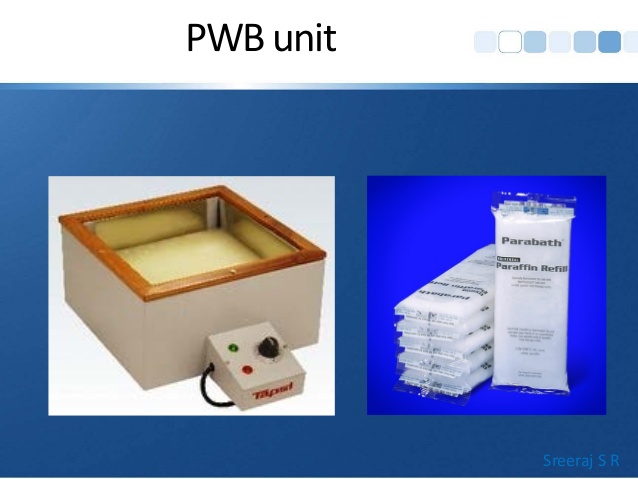
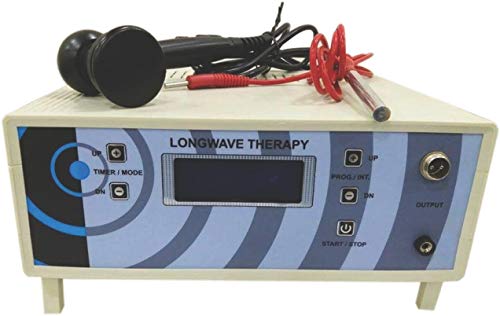
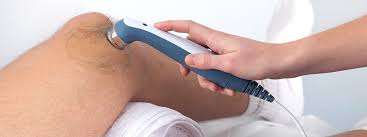

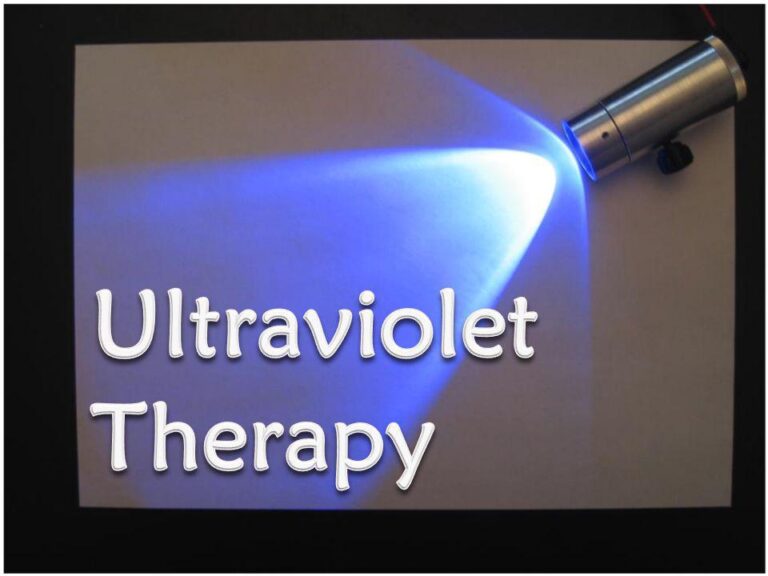
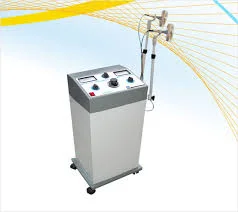
6 Comments